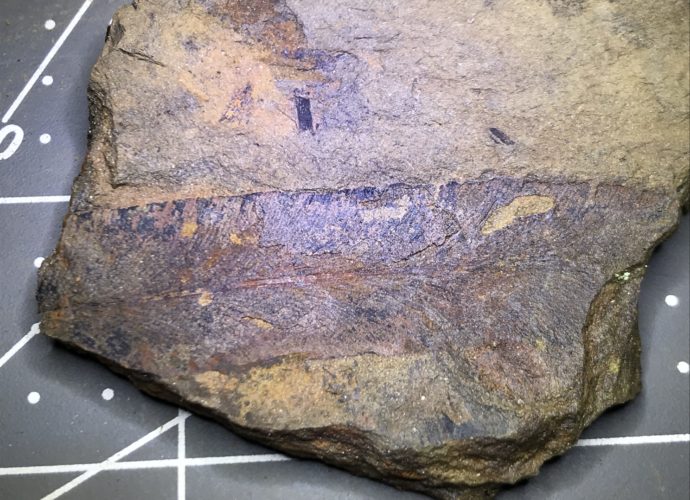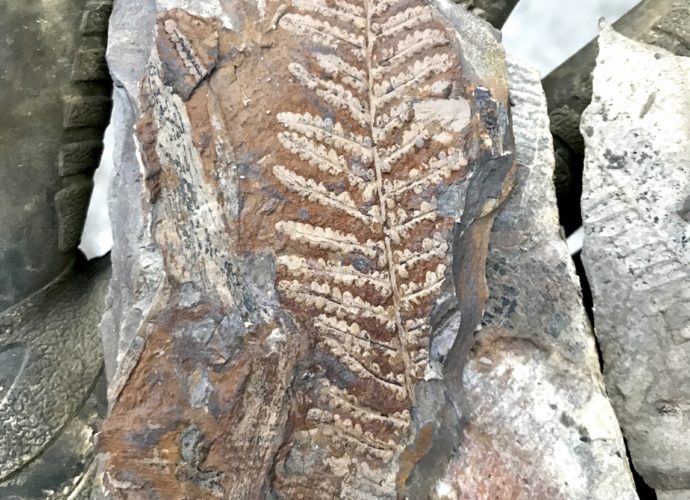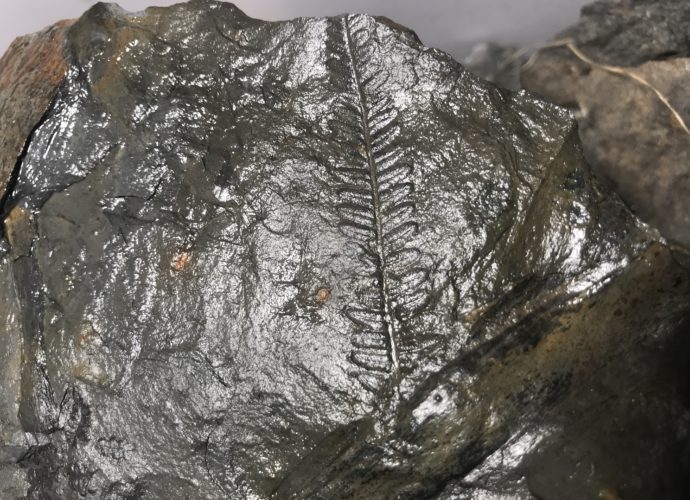Calamites
Closely related to modern horsetails, Calamites is an extinct genus that existed from the Carboniferous until the early Permian. Horsetails are one of several genera considered to be living fossils. They reproduce using spores, which were similar to Lepidodendron. Both Lepidodendron and Calamites produced cone arrangements of spores. This genusRead More →





